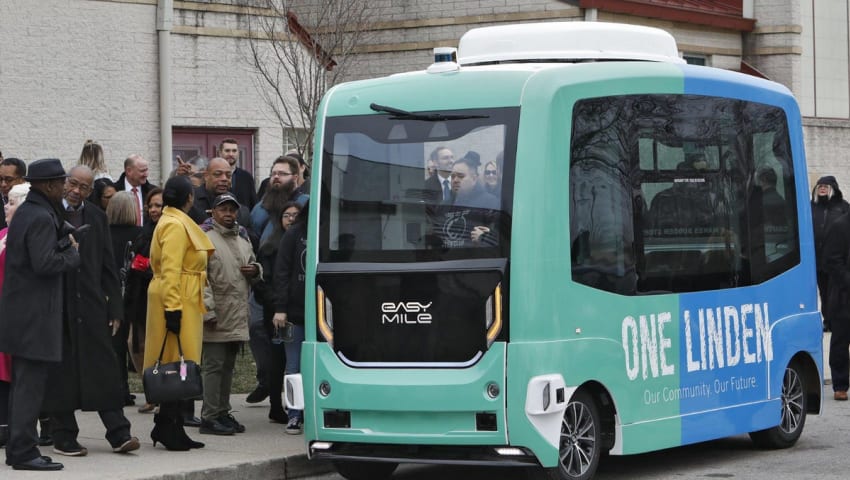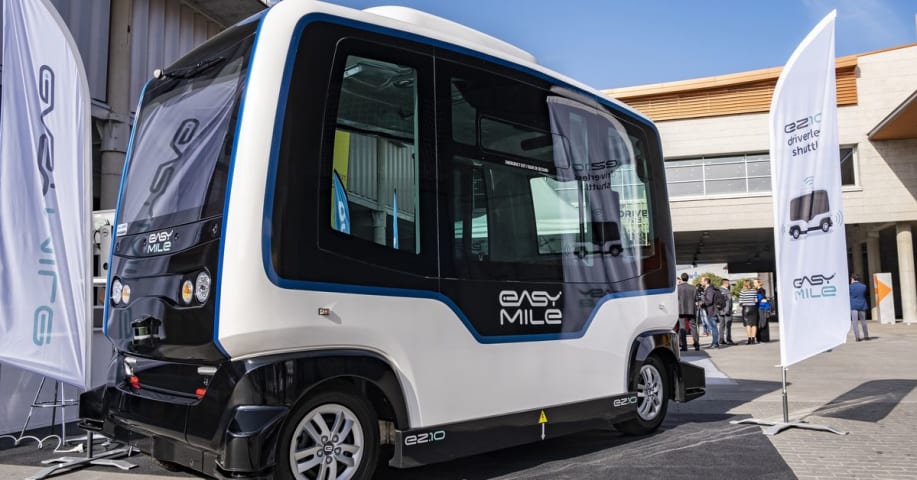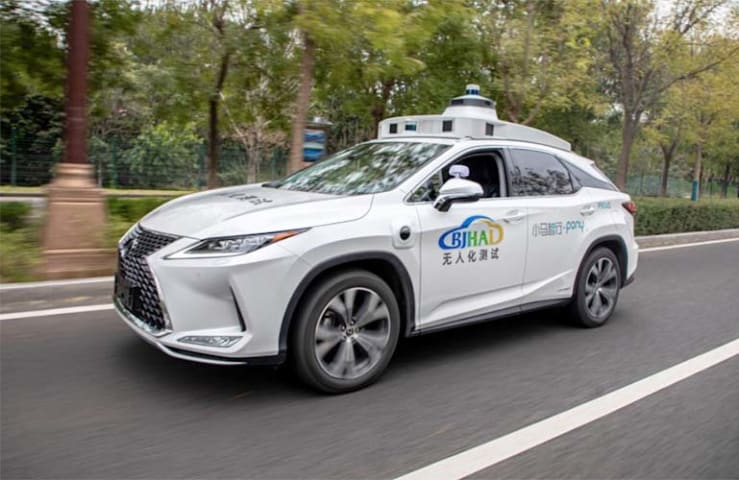Entities
View all entitiesRisk Subdomain
7.3. Lack of capability or robustness
Risk Domain
- AI system safety, failures, and limitations
Entity
AI
Timing
Post-deployment
Intent
Unintentional
Incident Reports
Reports Timeline

Smart Columbus has parked its two self-driving shuttles in Linden after one unexpectedly stopped in the middle of a route and a woman fell from her seat onto the floor.
The shuttle had just left the Douglas Community Recreation Center on Wi…

The National Highway Traffic Safety Administration (NHTSA) has partially suspended the US operations of France’s EasyMile after a passenger in Ohio was injured while riding in one of the company’s self-driving shuttles. EasyMile can continu…

Recently an EasyMile self-driving shuttle operating in Columbus, Ohio came to a sudden stop from 7mph, apparently for no visible reason. A passenger seated in the shuttle fell from her seat, sustaining minor injuries. As a result, NHTSA has…




